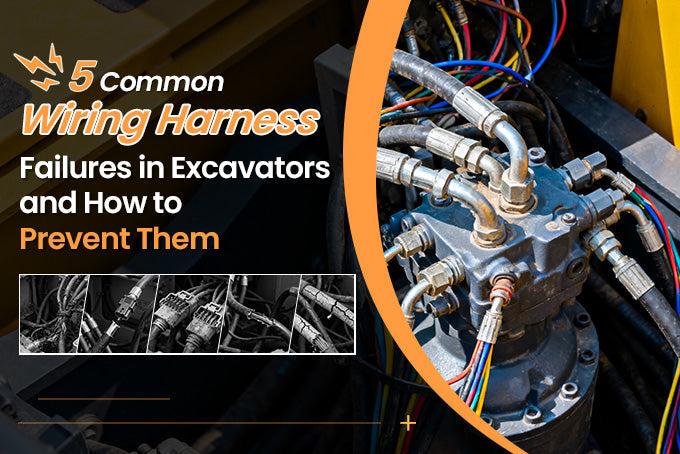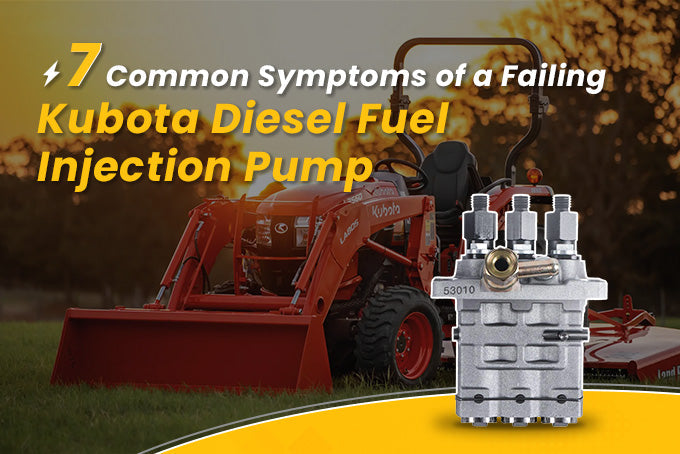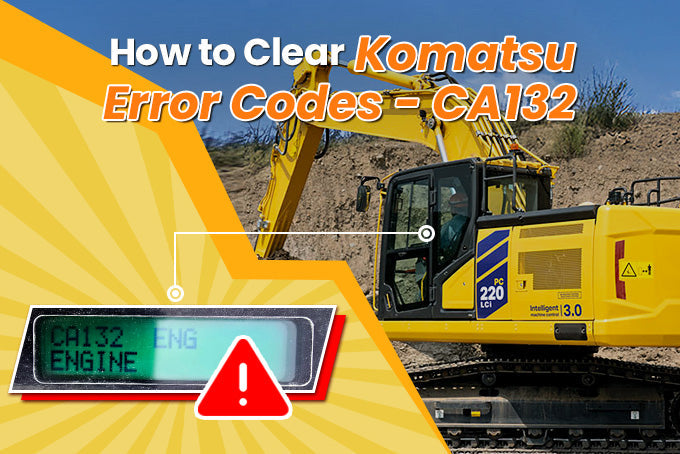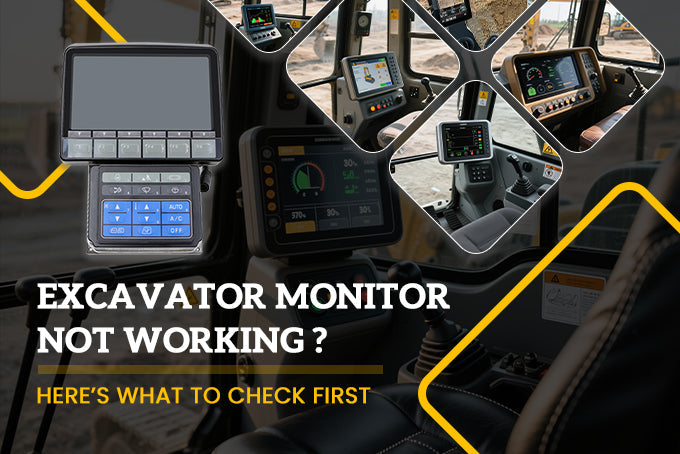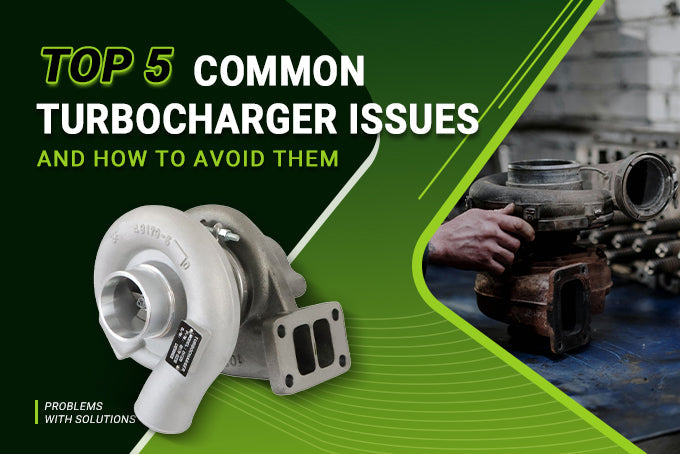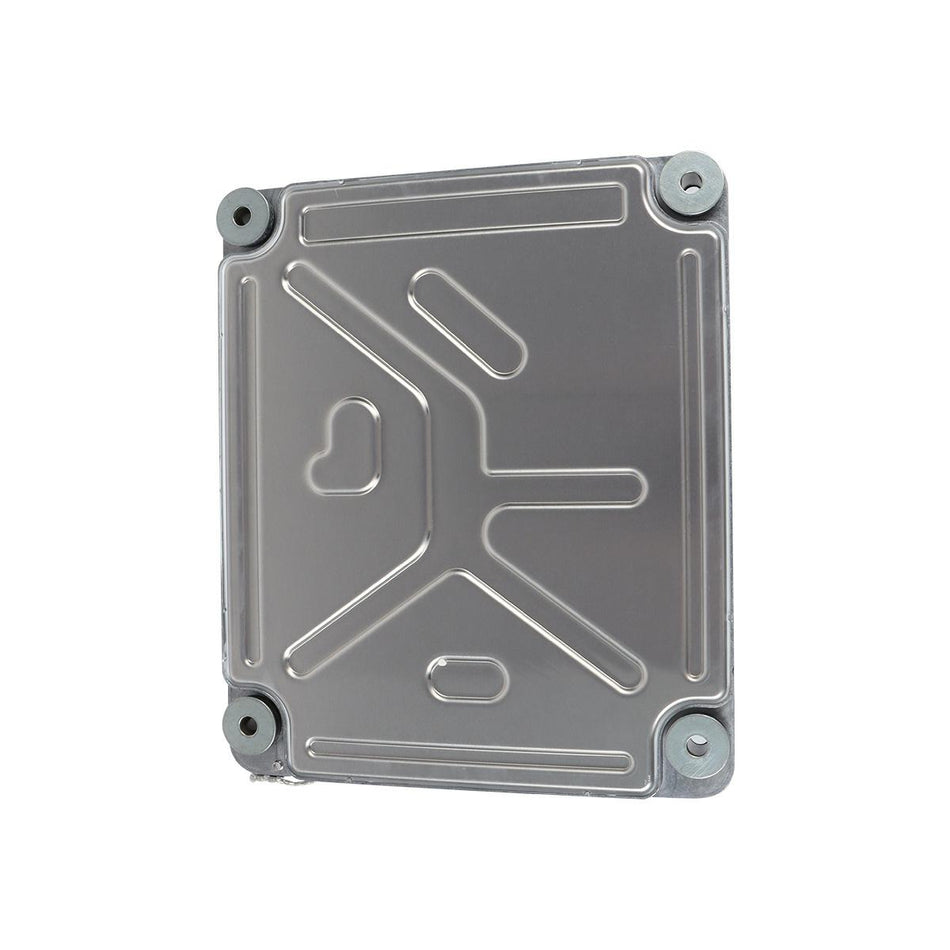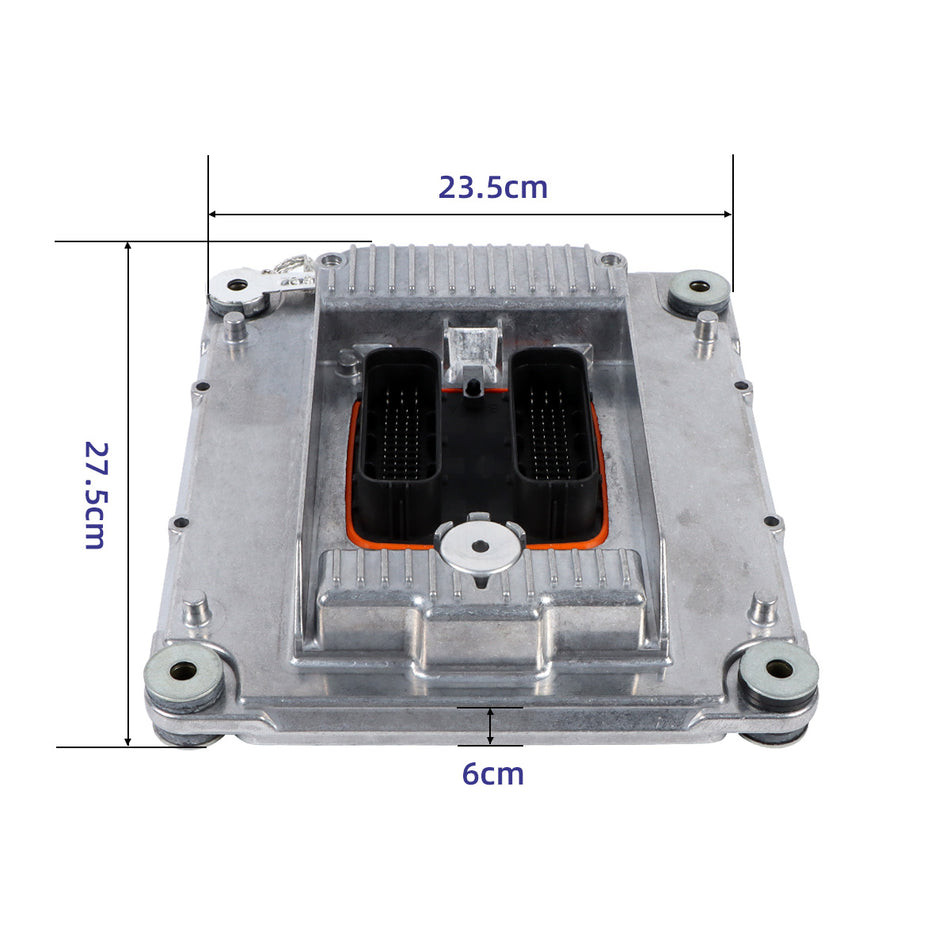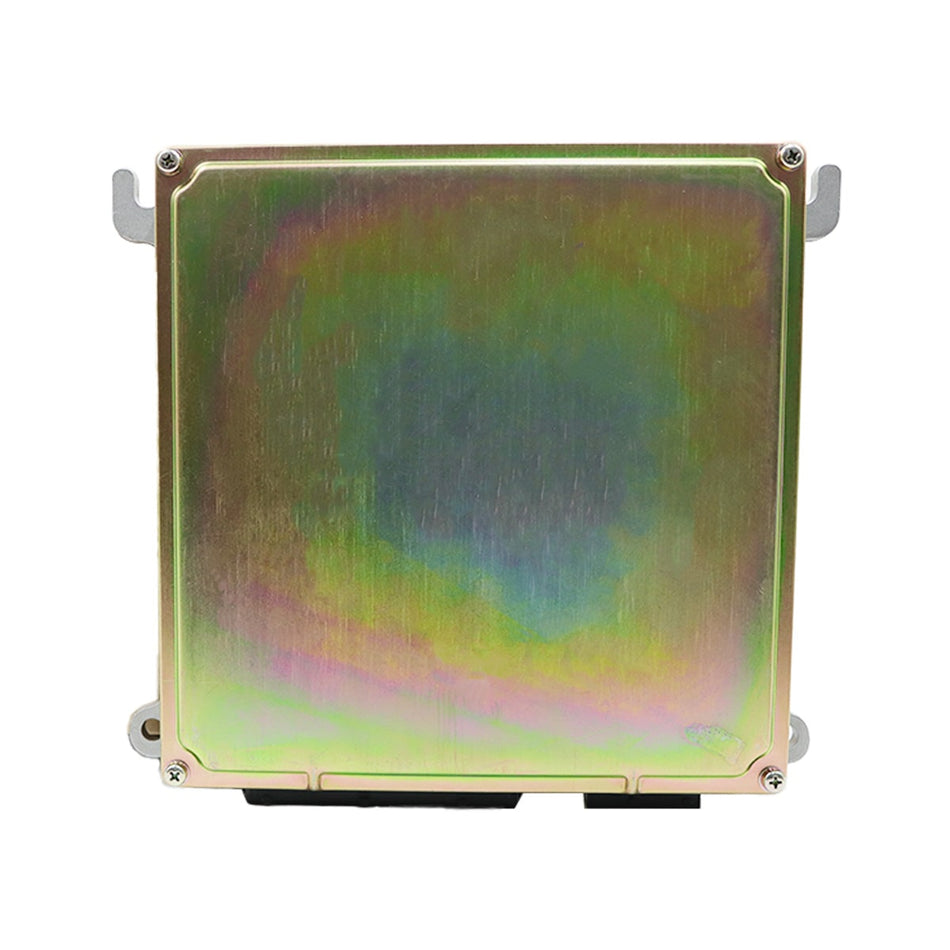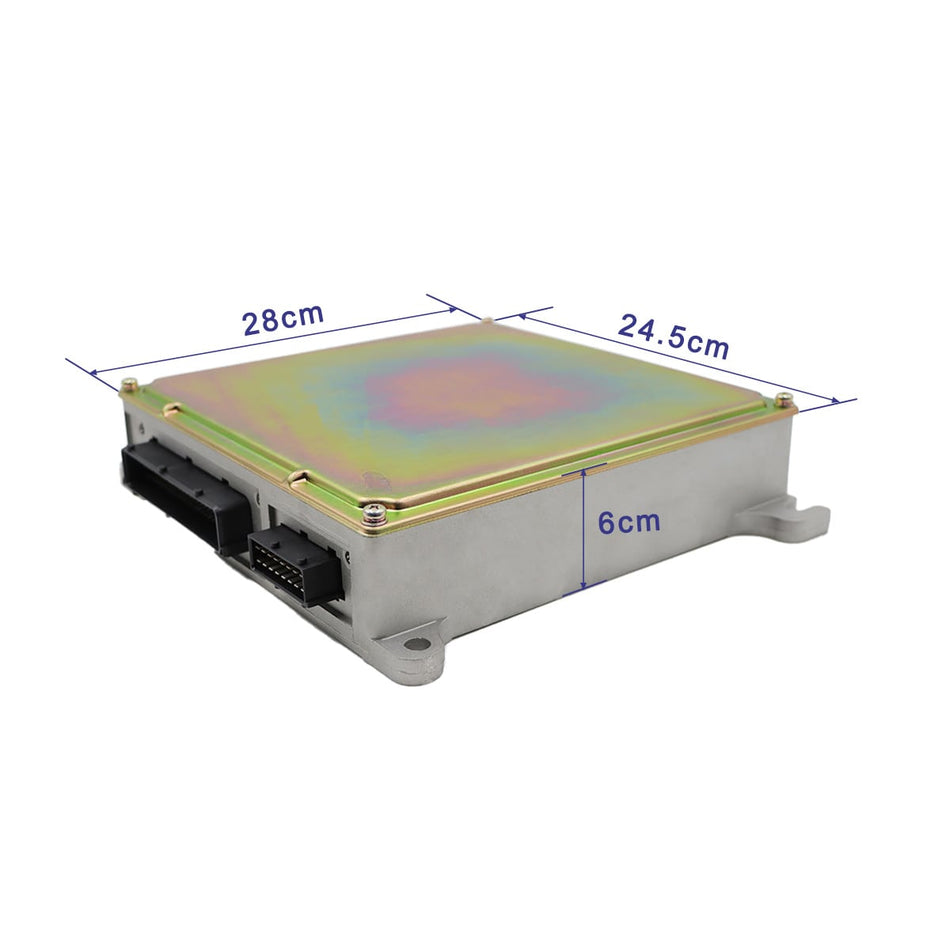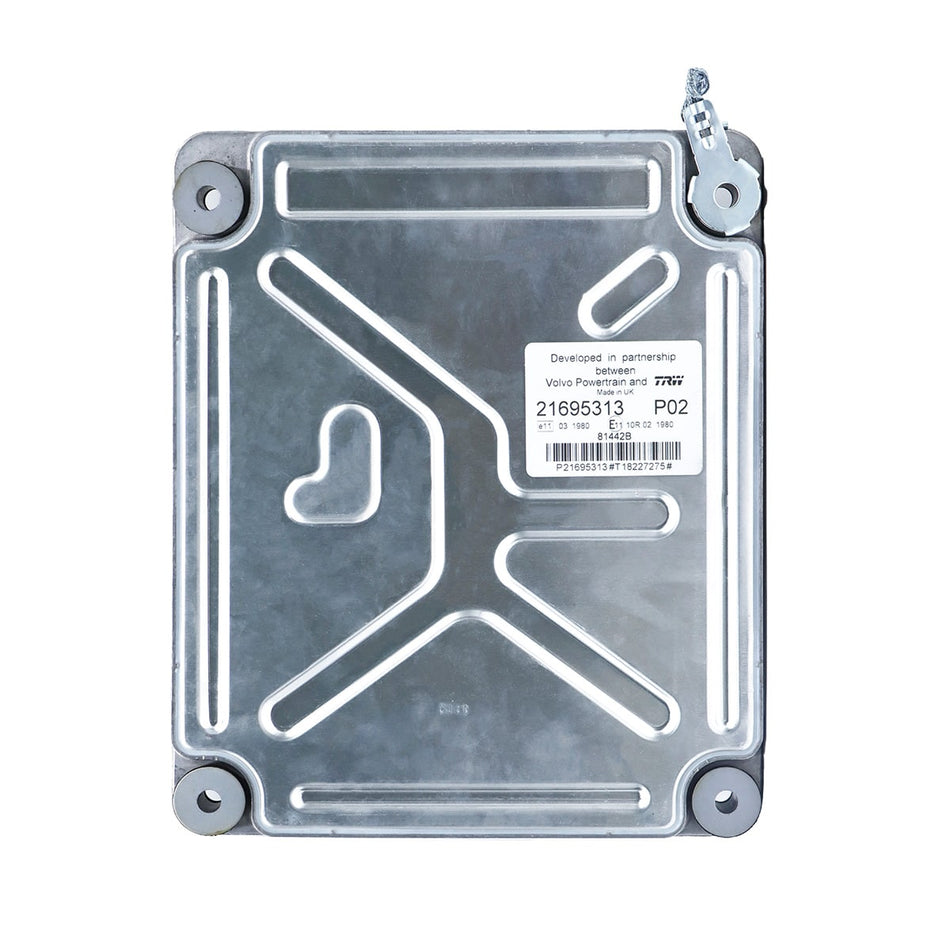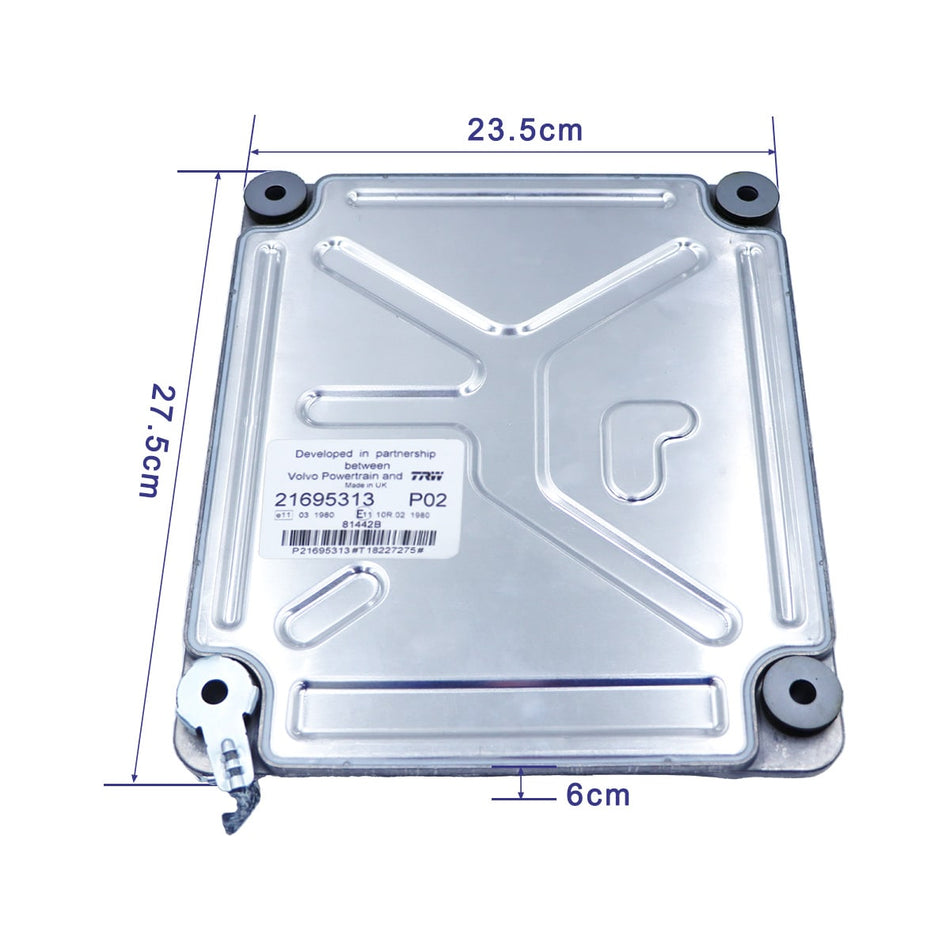In the high-stakes world of construction and mining, a malfunctioning excavator radiator can bring operations to a halt, costing thousands in downtime and repairs. Knowing when and how to replace your radiator—plus how to avoid common pitfalls—can significantly extend machinery lifespan and protect your bottom line. This comprehensive guide breaks down the excavator radiator replacement process, from diagnosing issues to choosing the right parts, with expert insights to optimize efficiency and savings.
Understanding the Core Functionality
Common Issues and Troubleshooting
1. Overheating
- Causes: Clogged radiators (due to dirt, debris, or mineral deposits), coolant leaks, or faulty fans.
- Solutions: Regular cleaning using soft brushes and eco-friendly detergents. Pressure testing can identify leaks, while replacing worn-out hoses or seals prevents further damage.
2. Reduced Cooling Efficiency
- Causes: Slow leaks; If you refill coolant more than twice a month (without visible spills), internal corrosion or gasket failure may be compromising the radiator structure.
- Solutions: Flush the cooling system annually and replace coolant with ISO 24365-compliant mixtures. Bent fins should be carefully straightened to maintain airflow.
3. Coolant Leaks
- Causes: Corrosion, physical damage (e.g., from debris impact), or gasket failures.
- Solutions: Use corrosion-resistant coolants and inspect radiators for cracks. In severe cases, professional repair or replacement is necessary.
Step-by-Step Replacement Process: DIY vs. Professional
A. Tools & Prep
- Required tools: Ratchet set, torque wrench (for OEM specs), radiator puller, degreaser, and a new gasket kit.
- Safety first: Let the engine cool for 4+ hours to avoid scalding from hot coolant.
B. DIY Replacement Steps (For Experienced Technicians)
-
Drain the Cooling System:
- Open the petcock at the radiator base and collect old coolant.
- Flush with distilled water to remove rust and debris (add a commercial radiator cleaner for heavy deposits).
-
Remove the Old Radiator:
- Detach hoses, electrical connections (for smart radiators with temperature sensors), and mounting brackets.
- Use a puller to gently extract the radiator, avoiding damage to surrounding components (common in tight excavator compartments like the Caterpillar 336 or Komatsu PC200).
-
Inspect and Prepare
Before installing the new radiator:- Inspect hoses and clamps for wear
- Flush the cooling system to remove debris
- Clean the surrounding areas for proper airflow
-
Install the New Radiator
- Mount the new radiator securely using the original brackets
- Reconnect all hoses and sensors
- Tighten all clamps and bolts firmly
-
Refill with Coolant
Use OEM-recommended coolant and refill to the correct level. Bleed the air from the system by running the engine with the cap off until the thermostat opens.
-
Test the System
Run the excavator at operating temperature and monitor for:
- Leaks
- Unusual noises
-
Temperature fluctuations
C. When to Call a Professional (Save 50% on Errors)
- Complex models: Hybrid excavators (e.g., Hyundai HX180A) with integrated electric motor cooling systems require specialized tools.
- Time constraints: A professional crew can complete replacement in 4-6 hours, vs. 8-10 hours for DIY—critical for high-utilization fleets.
Selecting the Right Radiator
Material Considerations
- Aluminum: Lightweight, cost-effective, and suitable for general construction.
- Copper: Durable, corrosion-resistant, and ideal for mining or harsh environments.
Design Compatibility and Choose Aftermarket Wisely

Plus, every purchase comes with comprehensive after-sales support: from installation guidance to troubleshooting, we stand behind our parts long after they reach you.








